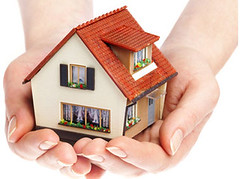
Buying a home is often heralded as achieving the American dream, a monumental milestone that represents stability, independence, and a tangible asset. It’s arguably the single biggest expense most people will ever undertake, and the process of securing a property, navigating loan applications, and finally getting those keys in hand is a journey in itself. Yet, the exhilarating moment of becoming a homeowner frequently gives way to a surprising reality: the costs don’t stop once the mortgage papers are signed.
Indeed, the true financial commitment of homeownership extends far beyond the agreed-upon purchase price and those predictable monthly mortgage payments. A recent Bankrate study, for example, reveals a staggering insight: the average annual cost of owning and maintaining a typical single-family home in the U.S. amounts to over $21,000 a year in 2025. These are the “hidden costs,” expenses often overlooked or unforeseen, particularly by first-time buyers who are meticulously budgeting for the obvious.
Understanding these less obvious yet significant expenses is absolutely crucial for any prospective or current homeowner. From the moment you begin your home search to years down the line, these ongoing financial burdens can accumulate into a considerable sum, impacting your overall financial health and potentially leading to significant buyer’s remorse. Let’s delve into the first seven of these critical hidden costs, equipping you with the practical knowledge to budget smarter and avoid unpleasant surprises.
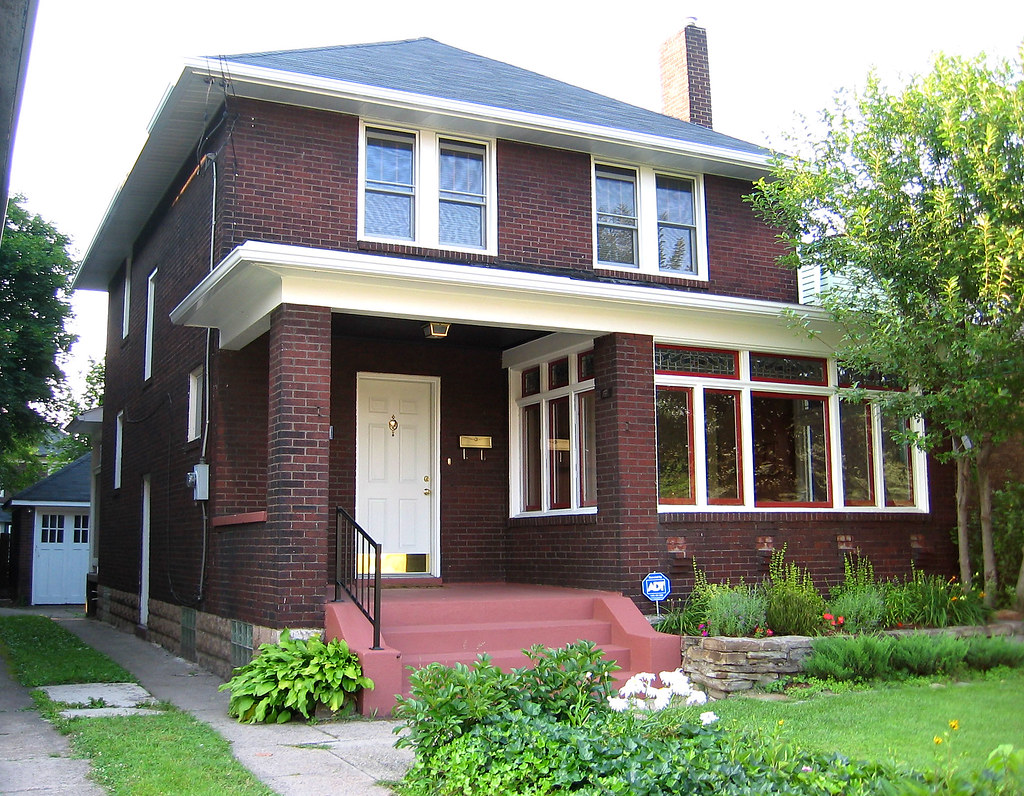
1. **Closing Costs**One of the very first hidden costs you’ll encounter, even before you officially become a homeowner, are closing costs. These are a collection of fees and charges that must be paid at the close of a real estate transaction. While they might not be an ongoing monthly expense, they represent a significant upfront financial hurdle that many buyers underestimate when calculating their initial home purchase budget.
Typically, closing costs will amount to between 2% to 5% of the home’s total purchase price. This percentage can translate into a substantial sum depending on the value of the property you’re acquiring. For instance, if you’re purchasing a $300,000 home, you could be looking at an additional cost ranging from $6,000 to $15,000 just for closing fees alone. These fees cover a variety of services, including title insurance, appraisal fees, lender fees, and legal costs.
It’s vital to factor these expenses into your initial budget alongside your down payment. Ignoring them can lead to a scramble for funds right before closing, adding unnecessary stress to an already complex process. Being prepared for these costs ensures a smoother transition into homeownership and prevents a significant financial shock at the eleventh hour.
Read more about: End of an Era: 15 Once-Mighty American Retailers That Vanished Post-2004
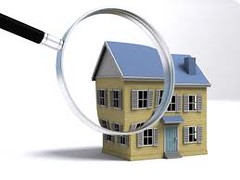
2. **Home Inspection**Before finalizing your home purchase, a home inspection is not just a good idea – it’s an essential one. While it presents another upfront cost, typically averaging around $342 according to Angi, this investment can save you thousands, if not tens of thousands, of dollars down the road. A thorough inspection acts as your property’s diagnostic check-up, revealing potential defects or issues that might not be visible to the untrained eye.
An experienced home inspector will meticulously examine the house’s structure, electrical systems, plumbing, roof, and other critical components. They are looking for anything from minor wear and tear to significant structural problems that could require costly repairs. The inspection report provides a detailed overview of the home’s condition, highlighting necessary repairs or potential future maintenance needs.
This crucial step empowers you with valuable information, allowing you to either negotiate repairs with the seller, adjust your offer, or, in some cases, even decide against buying the property if the identified issues are too extensive or expensive. Failing to conduct a home inspection means buying a home sight unseen in terms of its underlying condition, potentially inheriting a “money pit” that drains your finances with unforeseen repair bills.
Read more about: Gone But Not Forgotten: 12 Timeless Appliance Fixes Manuals Often Overlook Today
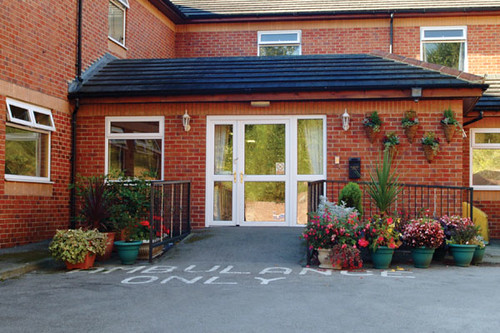
3. **Moving Costs and Fees**Congratulations, you’ve bought your dream home! Now comes the practical, and often underestimated, challenge: moving. The process of packing up your entire life, transporting it to a new location, and unpacking can be both physically demanding and surprisingly expensive. Many new homeowners focus so much on the purchase price and closing costs that they overlook the practical logistics and associated expenses of relocation.
Moving costs can vary significantly based on the volume of your belongings and the distance of your move. For instance, the average cost to move a three-bedroom home locally is approximately $2,200, according to Forbes. If you’re undertaking a long-distance move for a home of similar size, that average cost can more than double, reaching around $4,400. These figures can quickly add up, especially if you opt for professional packing services, special handling for fragile items, or temporary storage solutions.
Beyond the direct cost of movers, you might also incur expenses for packing supplies like boxes, tape, and bubble wrap, or even for renting a moving truck if you plan a DIY move. Don’t forget potential costs associated with utility hook-ups or disconnections, and possibly even cleaning services for your old residence. Budgeting for moving costs in advance ensures a less stressful transition and prevents you from dipping into funds intended for other post-purchase expenses.
Read more about: Unpacking the Value: 13 Compelling Reasons Why the Mazda CX-5 Outshines the CX-50 for Smart Buyers
4. **Property Taxes**Once you own a home, property taxes become a non-negotiable, recurring expense that you must budget for annually. These taxes are levied by local governments, such as counties or municipalities, and are primarily used to fund public services like schools, roads, police, and fire departments. How much you pay depends on two main factors: the tax rates in your home’s location and the assessed value of your property.
Property taxes are typically paid in a lump sum annually or biannually. However, for most homeowners with a mortgage, these taxes are commonly collected through an escrow account, where a portion of your monthly mortgage payment is set aside to cover them. Nationally, the typical yearly cost of property taxes for an owner-occupied home is $2,690, based on recent U.S. Census Bureau data. However, this average masks significant regional variations, with states like New Jersey experiencing property tax averages exceeding $10,000 annually.
It’s also important to be aware of ‘Special Assessment Districts,’ which local governments sometimes create to fund specific projects like sewer upgrades, parks, or public transit. These additional taxes are usually included in your property tax bill but can sometimes be billed separately, adding another layer of complexity. Citizens Bank notes that property taxes will continue to rise rather than drop in most instances, making them a consistently growing expense you must anticipate and plan for.
Read more about: 12 Common Mistakes First-Time Homebuyers Make (And How to Master Your Homeownership Journey)
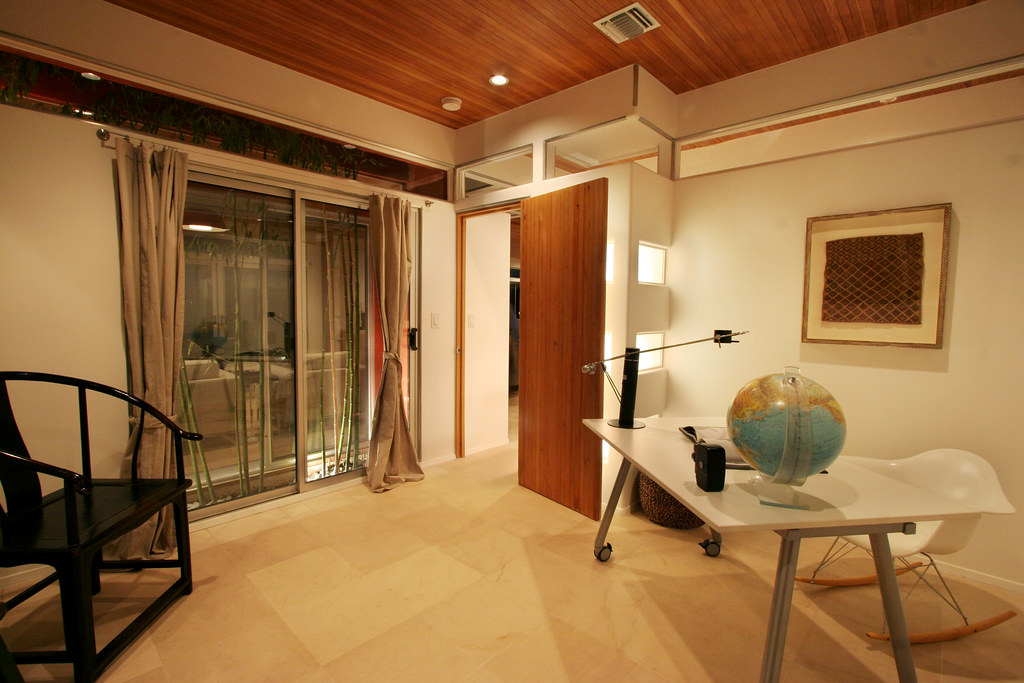
5. **Homeowners Insurance**Homeowners insurance is another ongoing, essential cost that protects your significant investment. It covers repairs or replacement of your home and its contents if they are damaged by specific hazards, such as fires, storms, or other natural disasters. For anyone buying a home with a mortgage, homeowners insurance is almost always a mandatory requirement from your lender, ensuring their investment is protected.
The cost of homeowners insurance is not a one-size-fits-all figure; it varies widely based on numerous factors. Your geographical location plays a huge role, especially if you live in an area prone to hazards like hurricanes, wildfires, or tornadoes. Other determinants include your credit history, the size and age of your home, the materials used in its construction, and the specific level of coverage you choose. The national average for homeowners insurance was $2,869 a year in 2022, according to the U.S. Census Bureau, though Bankrate reports an average of $2,230 per year for a policy with $300,000 in dwelling coverage.
It’s critical to note that standard homeowners’ policies typically *do not* include coverage for events like earthquakes or floods. If you reside in an area susceptible to these, you may need—or in the case of flood insurance, be required by your lender—to purchase separate policies, adding further to your annual expenses. Lenders often roll the cost of insurance into your monthly mortgage payment, paying the premiums on your behalf, so this cost can be easily integrated into your regular budgeting.
Read more about: 12 Common Mistakes First-Time Homebuyers Make (And How to Master Your Homeownership Journey)
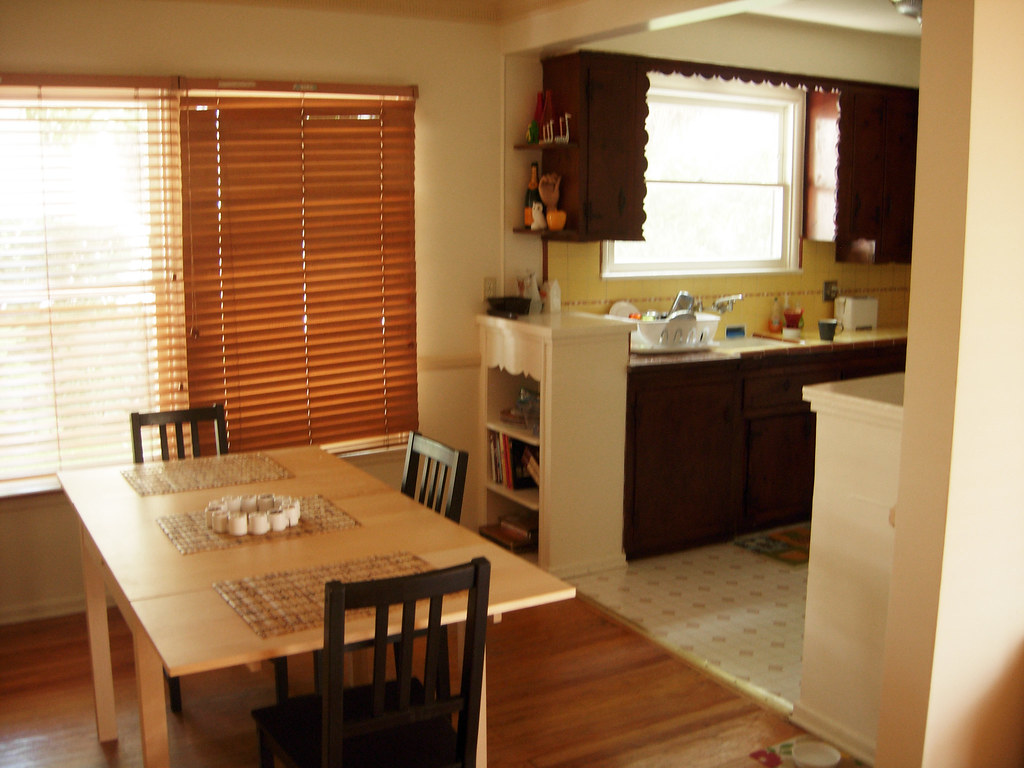
6. **HOA Dues**If the home you’re considering is part of a homeowner’s association (HOA) neighborhood or community, you’ll be responsible for paying regular HOA dues. These fees are a fixed, ongoing cost, usually paid monthly, quarterly, or annually, and they can significantly impact your overall housing budget. As of 2021, a considerable 29% of the U.S. population lives in an HOA, with the U.S. Census Bureau calculating the average monthly HOA fee at $243, totaling $2,913 a year.
HOAs are non-profit entities, typically found in condominium, townhome, or planned single-family home communities. They are run by a board of homeowners and are established to maintain common areas, enforce community rules and covenants, and provide basic services such as water, landscaping, and the upkeep of amenities like pools, clubhouses, or private roads. The dues vary widely depending on the services and amenities offered by the community.
It’s important to understand that HOA dues are not static. While they should be easy to figure into your budget initially, they can change. If an association has neglected maintenance over time, or decides to undertake significant development projects, they can raise regular dues or levy special assessments. This means you could face unexpected, substantial one-time or increased recurring costs if the HOA’s financial planning or maintenance practices are not robust, making it crucial to review their financial reports before buying.
Read more about: Unlock Your Engine’s Full Potential: A DIY Guide to Flushing Your Car’s Radiator System in 14 Simple Steps
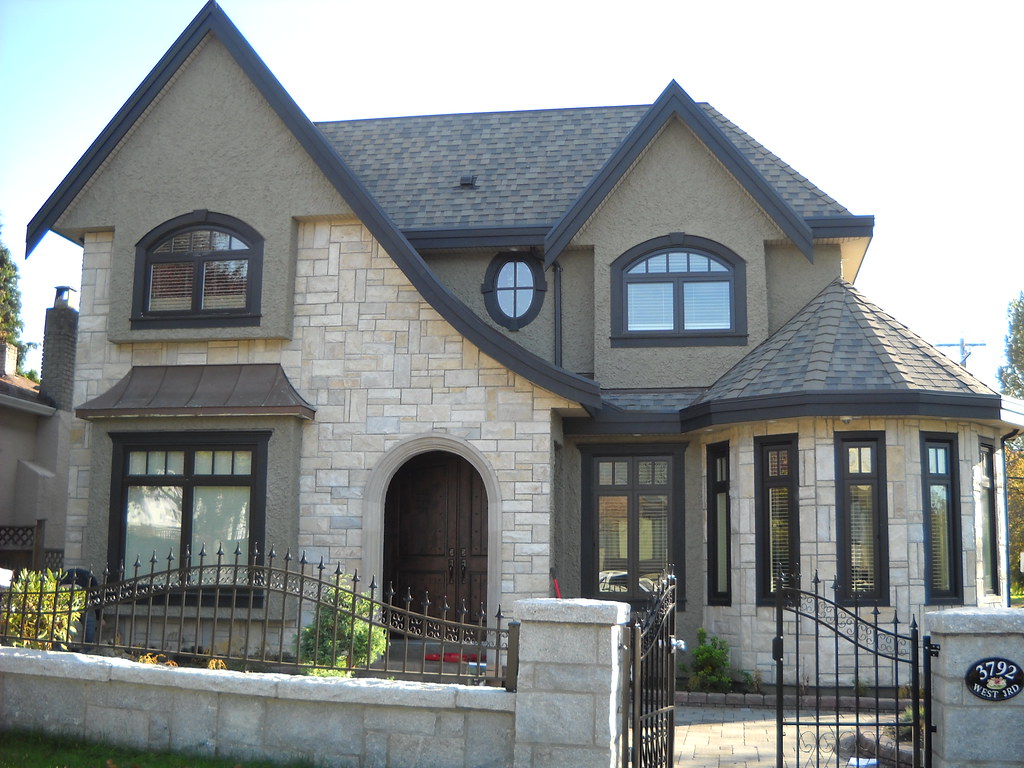
7. **Utilities**For many first-time homebuyers, especially those who previously rented in places where utilities were included, the full cost of utilities can be an unexpected and sometimes shocking expense. These are the bills that keep your home running, providing essential services for daily living. Understanding what’s included and how these costs can fluctuate is key to accurate budgeting.
Typical urban utility costs often encompass water and sewer services, garbage pickup, electricity, natural gas, and, of course, cable and internet. However, if you’re in a rural area, your utility landscape might look a bit different, potentially including costs for well water, septic repair and maintenance, propane, or wood/wood pellets for heating, in addition to electricity and internet. The specific combination and rates will depend heavily on your location and local providers.
These expenses are far from fixed; they fluctuate based on usage, seasonal changes, and the energy efficiency of your home. Larger homes, for instance, naturally cost more to heat and cool. Older homes, if they haven’t been upgraded with new windows or improved insulation, tend to be less energy efficient, leading to higher bills. Homeowners in Hartford, Connecticut, for example, face some of the highest utility bills, averaging $4,443 annually, according to Zillow/Thumbtack research, highlighting the significant impact these seemingly routine costs can have on your budget. Moreover, utility costs, particularly electric and gas bills, have seen significant increases in recent years, outpacing the general inflation rate due to rising transmission and distribution costs, making them a growing concern for homeowners.
Navigating the financial landscape of homeownership means looking beyond the initial purchase price and monthly mortgage. While we’ve covered the immediate and predictable ongoing costs, a substantial portion of your long-term financial health as a homeowner will depend on how you prepare for maintenance, repairs, and the eventual replacement of major systems. These are the expenses that truly test a budget, often emerging unexpectedly and demanding significant attention.
Understanding these additional layers of cost is not just about avoiding unpleasant shocks; it’s about empowering yourself with the knowledge to manage your investment wisely. After all, a well-maintained home is a valuable asset, and proactively budgeting for its upkeep ensures both your comfort and your financial security. Let’s dive into the remaining crucial hidden costs that every homeowner should factor into their long-term planning.
Read more about: Seriously, What Happened? 13 Legendary Muscle Cars Automakers Just Don’t Build Anymore, But Absolutely Should!
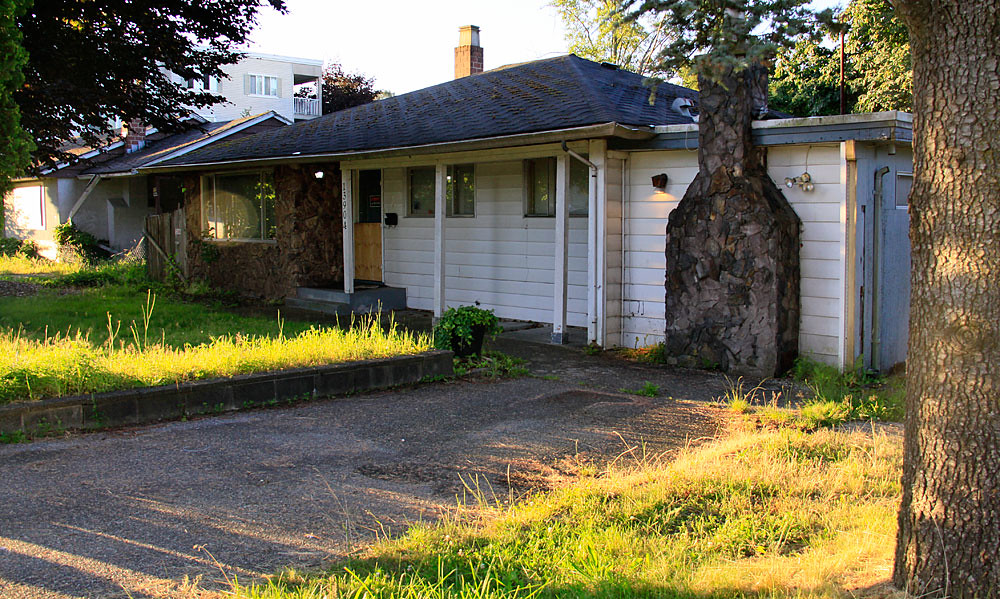
8. **Routine Home Maintenance and Upkeep**Think of your home as a complex machine that requires regular servicing to run efficiently. This routine maintenance is often the largest single chunk of hidden homeownership costs, with Bankrate reporting an average of more than $8,800 a year for maintenance alone. It’s the ongoing, preventive care that keeps minor issues from escalating into major, costly problems.
These tasks encompass a wide range of activities, from the essential to the aesthetic. According to Thumbtack data, home maintenance and upkeep can run about $6,413 annually for projects such as appliance maintenance, carpet cleaning, central air conditioning system checks, deck staining, gutter cleaning, and even tree trimming. Skipping these seemingly small tasks can lead to significant structural or system failures down the line.
As David Steckel, Thumbtack’s home expert, aptly puts it, “Just like you would visit a mechanic for regular tune-ups to help keep your car in good condition and avoid big bills, your home needs the same routine maintenance to ensure that everything is running smoothly.” Staying on top of annual home maintenance not only helps preserve your home’s value but also prevents those budget-wrecking emergency repairs. Costs can also vary by region, with homeowners in Los Angeles paying an average of $8,639 and in Chicago $7,722, while Pittsburgh homeowners enjoy lower averages at $3,373.
Read more about: Gone But Not Forgotten: 12 Timeless Appliance Fixes Manuals Often Overlook Today
9. **Unexpected Home Repairs and Cosmetic Updates**Beyond routine upkeep, homes inevitably require repairs, sometimes urgent ones, and owners often desire cosmetic updates to personalize their space. The median age of an American home is over 40 years old, meaning many properties come with systems and features nearing the end of their lifespan. This translates directly into a higher likelihood of needing significant repairs.
Recent Zillow research indicates that new homeowners should prepare to spend an average of $26,900 to make their new home truly “move-in ready,” with the typical for-sale home needing nearly $30,000 worth of work. Major projects, such as evaluating, repairing, or replacing heating and air conditioning systems, clock in at a national average of $3,615. These are the kinds of expenses that can quickly deplete an unprepared budget.
The trend of “fix up instead of moving” is also driving significant spending, with year-over-year expenditure on home renovation and repair projected to reach a record $526 billion by early 2026. For homeowners with houses built before 1980, average maintenance spending climbed a substantial 76 percent in 2023, as noted by the Joint Center for Housing Studies at Harvard University. These aren’t just minor fixes; they’re often significant investments in the home’s infrastructure and longevity.
Read more about: Mechanic’s Favorite: 14 Critical Automotive Rust Truths – From Unyielding Fortresses to Early Corrosion Casualties
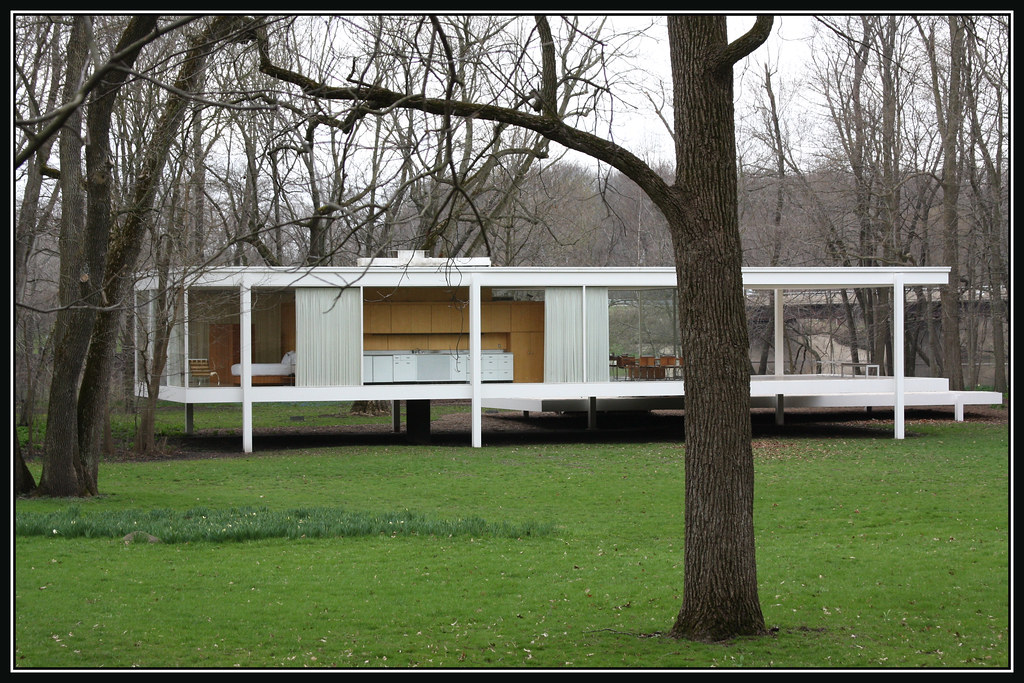
10. **Appliance Replacements**Every major appliance in your home has a finite lifespan, and the cost of replacing them can be a significant hidden expense that catches many homeowners off guard. While a newly built home might come with new appliances under warranty, a resale home means inheriting appliances of unknown age and condition, potentially nearing their expiration dates.
The cost to replace an appliance can range from several hundreds of dollars for basic models to thousands for high-end options, especially for items like refrigerators. Furthermore, don’t forget to factor in installation costs, which can be substantial if they involve modifications to electrical wiring or plumbing, adding another layer to the expense. These are not just product costs, but often require professional service.
To help you anticipate these outlays, organizations like the National Association of Homebuilders and Consumer Reports provide average lifespans for common appliances. For instance, a dishwasher typically lasts 9 years, a washer/dryer 10-13 years, and a refrigerator around 13 years. Furnaces have an 18-year lifespan for gas and 15 for electric, while air conditioners generally last 15 years. When purchasing an existing home, it’s always wise to ask your home inspector to estimate the age of the appliances to better forecast future replacement needs.
Read more about: The Road to Regret: 12 Vehicles That Left Owners Wishing They Never Traded Up
11. **Internet and Cable Bills**In today’s connected world, internet and cable services are no longer luxuries but essential utilities for most households. Yet, these ongoing bills often get lumped into a general “utilities” category without a clear understanding of their specific contribution to overall homeownership costs. They represent a distinct, recurring expense that demands its own budget line.
According to Bankrate’s analysis, the national average for annual internet and cable costs in 2024 stands at approximately $1,515. This amount can fluctuate based on your location, chosen providers, and the specific package of services you select. For example, homeowners in Washington state face higher averages at $1,726 annually, while those in Arkansas might pay around $1,378, showcasing the regional variations in these crucial services.
It’s easy to overlook these as simply “bills,” but when you consider them as part of the holistic cost of maintaining a functioning home, their impact on your monthly budget becomes clear. Factoring these into your financial planning from the outset helps ensure that your connectivity, essential for work, entertainment, and communication, doesn’t become an unexpected financial strain.
Read more about: Navigating the Rental Maze: 14 Hidden Financial Traps in Lease Agreements for Young Professionals, Students, and Families
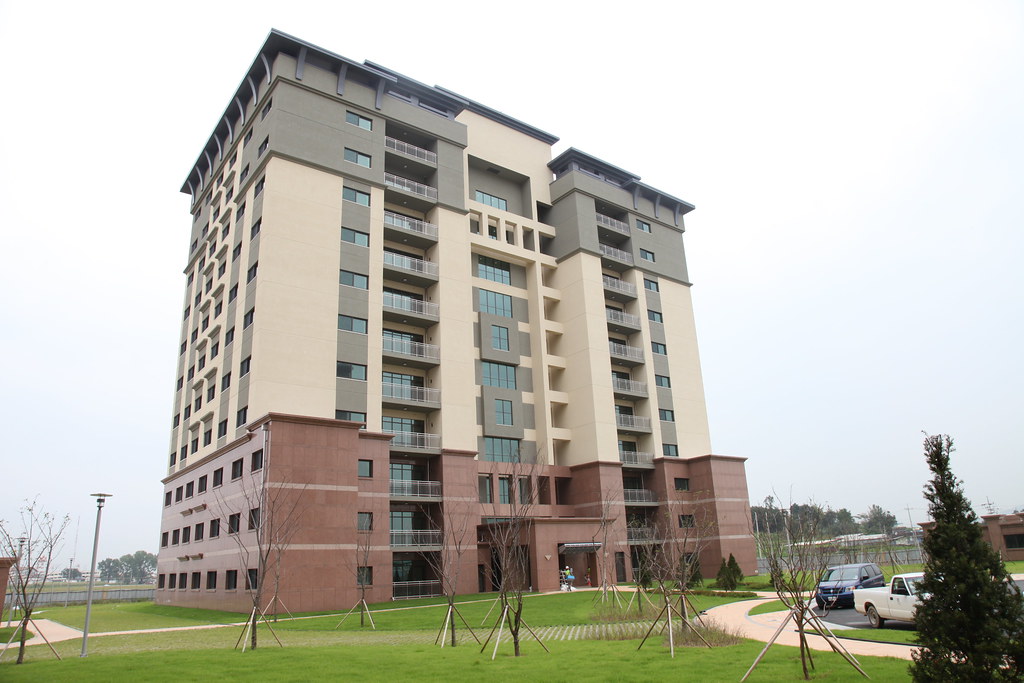
12. **New Furnishings and Decorations**The excitement of moving into a new home often comes with the desire to make it truly your own, and that frequently involves new furnishings and decorative touches. While not strictly a hidden “cost” in the same way as property taxes or maintenance, the expenditure on new furniture, window treatments, lighting, and décor can quickly add up and is often underestimated in a new homeowner’s budget.
Even if you plan to bring most of your existing furniture, you might find that certain pieces don’t fit the aesthetic or dimensions of your new space. A larger home might necessitate filling empty rooms, or a different architectural style could inspire a complete overhaul of your interior design. These are discretionary expenses, but they represent a common and significant outflow of cash for many new homeowners looking to create their ideal living environment.
Budgeting for these items is crucial to avoid post-purchase financial stress. While you might prioritize essential repairs, setting aside a realistic fund for furnishings allows you to transform your house into a home without derailing your overall financial goals. It’s an investment in your comfort and lifestyle, but one that needs careful consideration alongside all the other necessities.
Read more about: Beyond the Billion-Dollar Mansions: Exploring the Thoughtfully Minimalist Homes of Hollywood’s A-List and Beyond
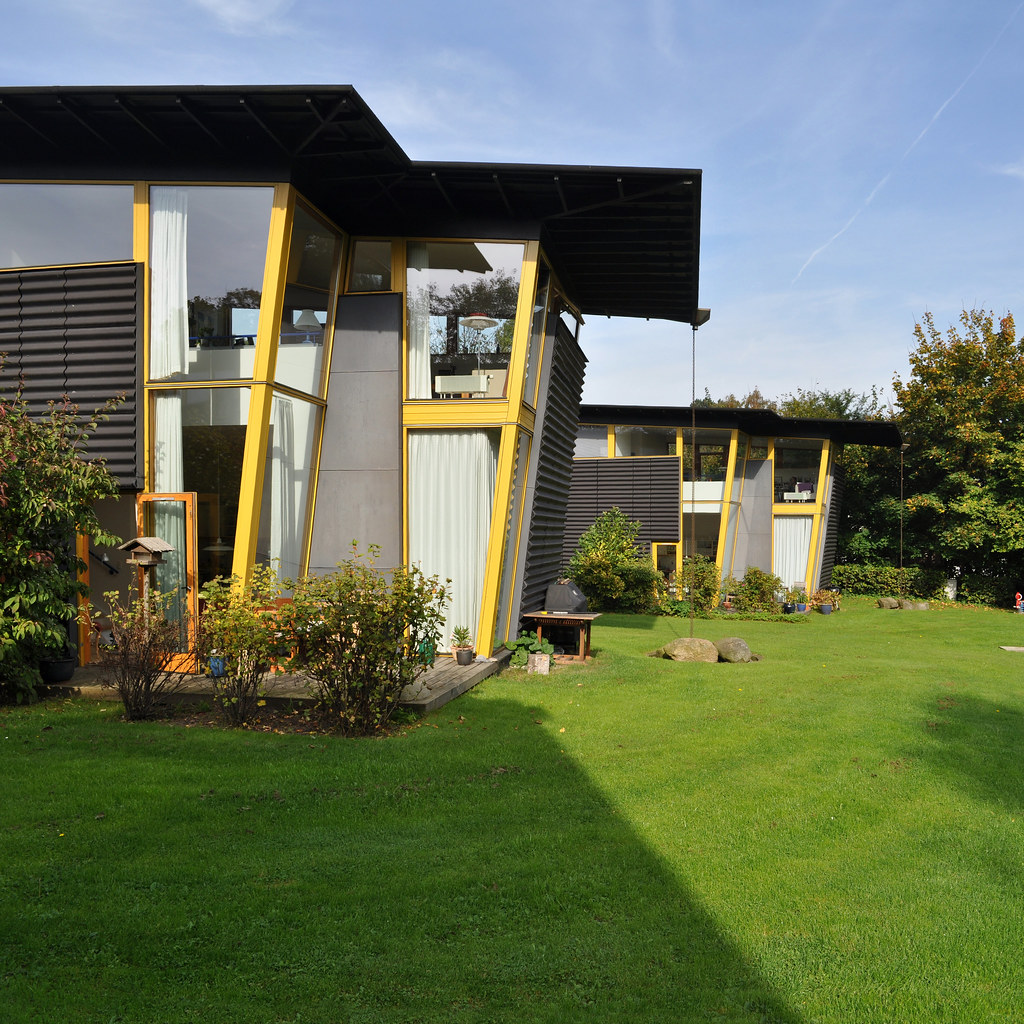
13. **The Value of a Home Warranty**When it comes to protecting your budget from unforeseen repair or replacement costs for major home systems and appliances, a home warranty can be a smart consideration. This short-term service contract acts as a financial safety net, particularly valuable during the first year of homeownership when unexpected issues can arise. It helps cover the expenses of repairing or replacing certain mechanical systems and appliances that fail due to normal wear and tear.
Home warranties typically cover items like your heating and air conditioning systems, plumbing, electrical systems, and major kitchen and laundry appliances. Depending on the level of coverage you choose, these policies generally cost between $300 and $800 annually. You have the flexibility to pay for it monthly or in a lump sum, making it a manageable addition to your annual homeownership expenses.
One significant advantage is the potential to negotiate for the seller to pay for a home warranty as part of your purchase agreement. This can provide an immediate layer of protection and peace of mind without an upfront cost to you. Even if you purchase it yourself, a home warranty can alleviate some of the financial uncertainty associated with unexpected breakdowns, providing a predictable cost in exchange for mitigating potentially much larger repair bills.
Read more about: 12 Warning Signs Your Mechanic Is Overcharging You: Essential Tips for Every Car Owner to Save Money
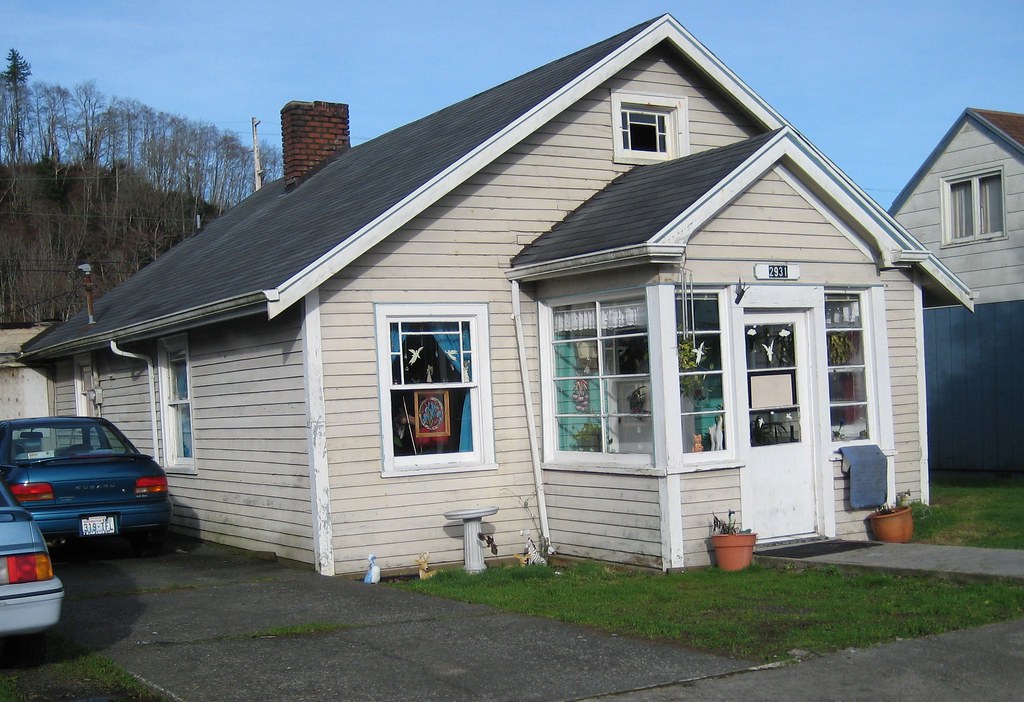
14. **Strategies for Financial Preparedness**After exploring the myriad of hidden costs, the most empowering step you can take as a homeowner is to develop robust strategies for financial preparedness. It begins with a clear understanding of your finances, assessing how much you intend to put down and what you’re prepared to spend on closing costs and initial improvements. A practical guideline is to reserve 1-4% of the home’s cost specifically for these hidden expenses.
A thorough home inspection is your first line of defense. Utilize the inspection report as a comprehensive preview of potential future costs. A skilled inspector can evaluate electrical, plumbing, and structural integrity, often providing estimates for necessary repairs. Knowing these potential costs upfront allows you to factor them into your overall budget and even negotiate with the seller, ensuring you understand the true financial commitment of the property.
Establishing an emergency fund dedicated solely to home maintenance and repairs is a non-negotiable step. Since maintenance costs can be highly unpredictable, aim to set aside 1-2% of your home’s value each year. This proactive approach ensures that when big-ticket repairs inevitably arise, you have the necessary funds readily available without dipping into other savings or incurring debt.
Beyond an emergency fund, create a realistic plan for improvements and anticipate future replacements. Leverage expected lifespan data for major systems and appliances to mentally and financially prepare for their eventual overhaul. When buying an existing home, always ask about the age of appliances and request historical utility costs for both summer and winter months to better forecast your ongoing expenses.
Finally, for those in HOA communities, scrutinize the association’s financial health. Request copies of their last three annual financial reports to gauge their spending on routine maintenance. An HOA that consistently defers maintenance may resort to significant dues hikes or special assessments later, leading to substantial unexpected costs for homeowners. Being diligent about these steps can transform the daunting prospect of hidden costs into a manageable part of your homeownership journey.
Read more about: Unlock the Open Road: 12 Genius Ways to Double Your Car’s Cargo Space for Any Road Trip
Owning a home truly is a journey, filled with rewarding moments and, as we’ve seen, a fair share of financial considerations beyond the monthly mortgage. From the essential upkeep of routine maintenance to the unexpected demands of repairs and replacements, and the modern necessities like internet, every aspect contributes to the full cost of your investment. By being informed, preparing proactively, and budgeting smartly for these hidden expenses, you’re not just buying a house; you’re investing in a stable, secure, and well-managed future for yourself and your family. Empower yourself with knowledge, and transform those hidden costs into predictable realities.

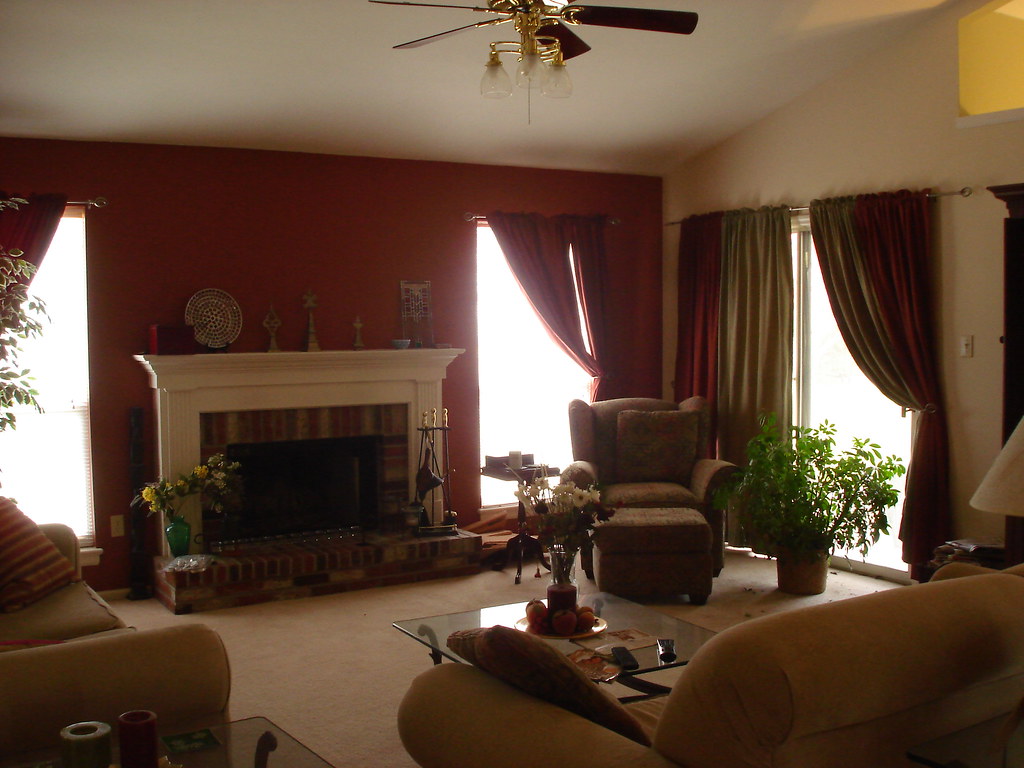
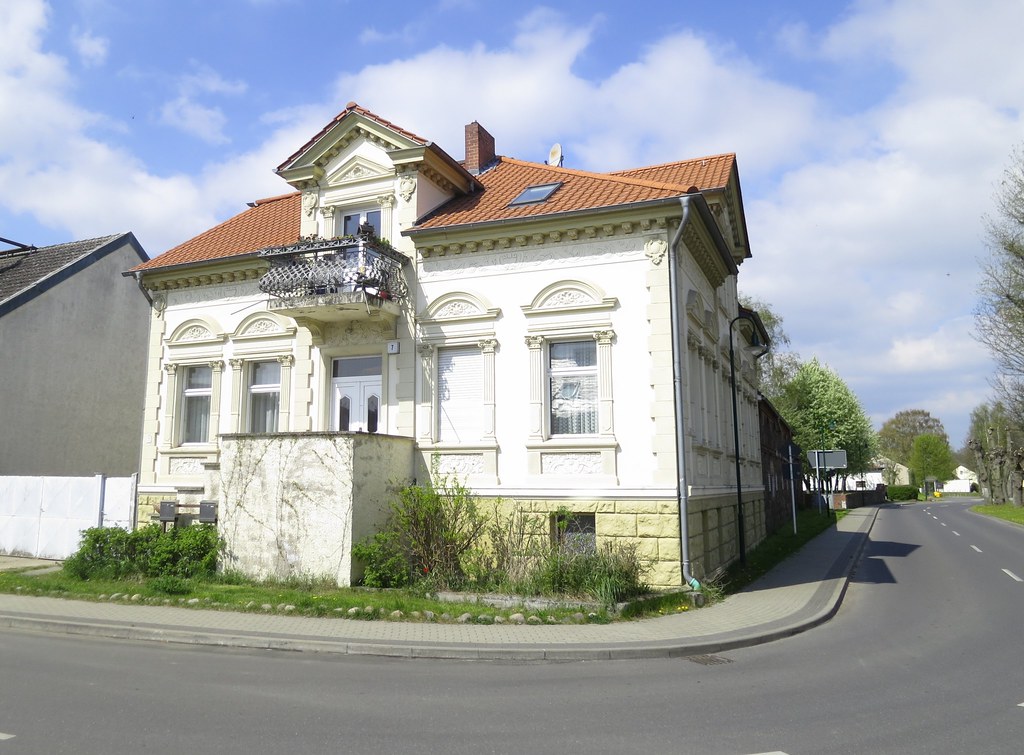
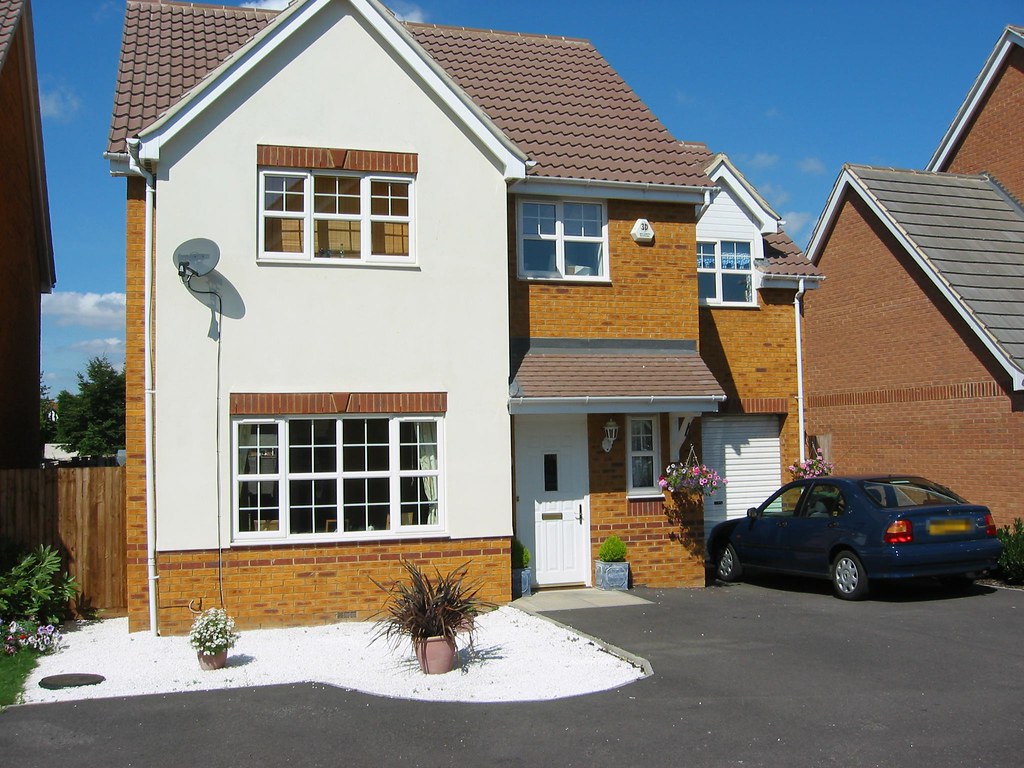
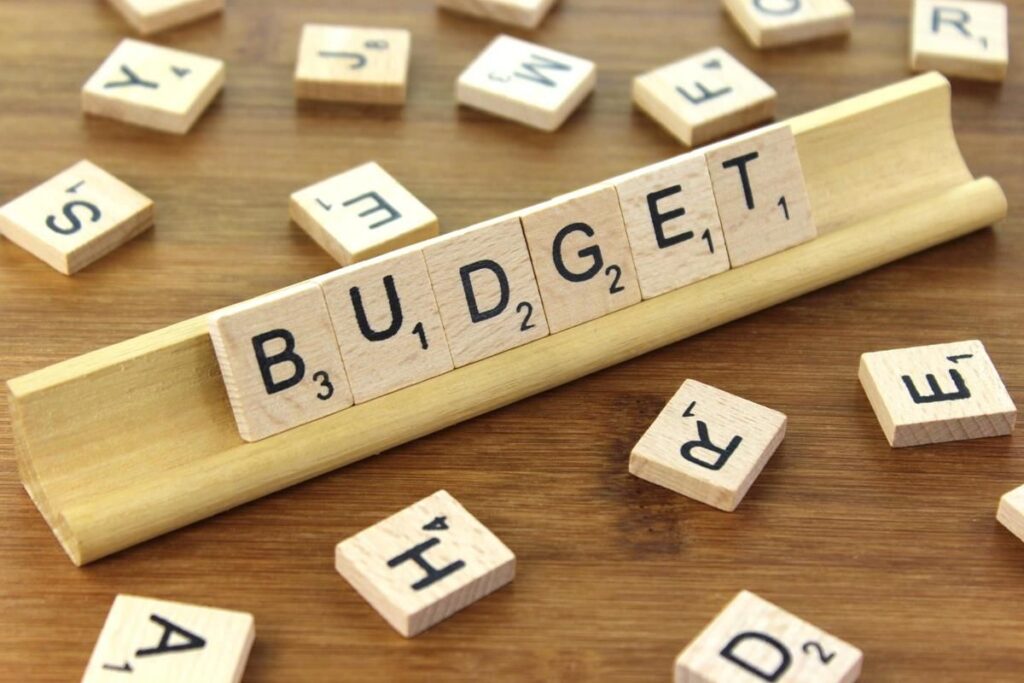

:max_bytes(150000):strip_icc()/GettyImages-1161177015-f1de4ba58a6c4f50969d9119d80405a6.jpg)